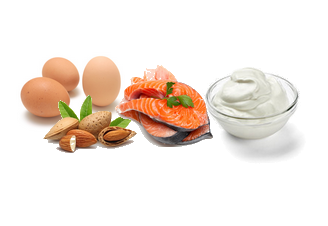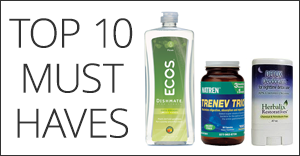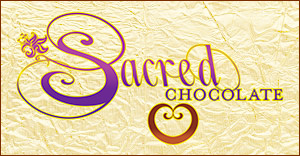
- Proteins are essential nutrients for the human body. It is important to know the top protein foods to include in your diet and to reap the benefits.
- Proteins are part of every cell, tissue, and organ in our bodies. They are always in the process of being broken down and replaced. The proteins that we get from our diet are converted to amino acids and are used to replace the proteins in our body. This is why it is essential to include good proteins as part of a healthy diet. Daily intake for protein varies for different groups of people, but in general the United States Department of Agriculture (USDA) recommends that most Americans choose the equivalent of two to three servings of protein foods each day.
-
- Let’s look at some of the top protein foods:
- Wild Alaskan Sockeye Salmon:
- Salmon is one of the healthiest sources of protein. A 4 oz. serving of wild Alaskan sockeye salmon contains about 30.9g of protein.
- Dr. William Sears lists it as one of the highest in protein per serving with tuna and shrimps.
- Besides being a great source of protein, salmon is also high in omega-3 fatty acids, which have an antioxidant effect in the body. Research suggests that eating oily fish once or twice a week may increase your lifespan by more than two years, and reduce your risk of dying from cardiovascular disease by 35 percent.
-
- Pastured eggs:
- One large egg contains about 6.3 grams of protein, which is 13% of the daily value. Studies from Mother Earth News suggest that pasture raised eggs are much healthier, and contain 1/3 less cholesterol, 1/4 less saturated fat, 2/3 more vitamin A, 2 times more omega-3 fatty acids, 3 times more vitamin E, and 7 times more beta carotene.
- Tip: Add 1 raw egg to your favorite smoothie.
-
- Almonds:
- Almonds are natural powerhouses. One cup of almonds contains about 20g of protein, which is 40% of the daily value. Besides being a good source of protein, they are also great for the brain, heart, weight loss, and much more.
- Tip: Eat them as snack (make sure you soak them first), include them in your favorite smoothie or dessert recipe.
- Yogurt:
- Plain yogurt contains around 10g to 14g of protein per eight ounces, which amounts to twenty percent of the daily protein requirement for most persons. In fact, eight ounces of yogurt that contains live and active cultures, contains 20 percent more protein than the same volume of milk (10 grams versus 8 grams). The culturing of the milk proteins during fermentation makes these proteins easier to digest. For this reason, the proteins in yogurt are often called “predigested.”
- To top it off, yogurt may help fight colds and help with weight loss.
-
- Legumes:
- Legumes are a group of vegetables that include beans, peas, lentils, and many more. They are very versatile foods, and provide a lot of nutrition. Half a cup of peas contains 4g of protein, which is 8% of the daily value. One cup of boiled lentils contains 18g of protein, which is 36% of the daily value.
- Tip: Legumes can be a healthy substitute for meat, which has more fat and cholesterol. Add them to soups and salads.
- For the antioxidant effects of omega-3’s in salmon.
- For almonds the natural powerhouses.
- Note: None of the information in our website is intended to diagnose, treat, cure or prevent any illness or disease. The content on our website is for educational purposes only.
- REFERENCES:
- 1. ” Nutrition Facts, Calories in Food, Labels, Nutritional Information and Analysis” – NutritionData.com. N.p., n.d. Web. 10 June 2013.
- 2. Long, Cheryl, and Tabitha Alterman. “Meet Real Free-Range Eggs.” Mother Earth News. N.p., Oct.-Nov. 2007. Web. 10 June 2013.
- 3. “Protein.” Centers for Disease Control and Prevention. Centers for Disease Control and Prevention, 04 Oct. 2012. Web. 10 June 2013.
- 4. Mercola, Joseph M., DO. “Wild Alaskan Salmon Is a Powerhouse of Nutrition That May Help You Live Longer.” Mercola.com. N.p., 15 Apr. 2013. Web. 10 June 2013.
- 5. Staff, Mayo Clinic. “Beans and Other Legumes: Types and Cooking Tips.” Mayo Clinic. Mayo Foundation for Medical Education and Research, 16 June 2011. Web. 10 June 2013.
- 6. Ask Dr. Sears: “10 reasons yogurt is a top 10 protein foods“.
- 7. Ask Dr. Sears: ” Ranking seafood: which one are the most nutritious?


















